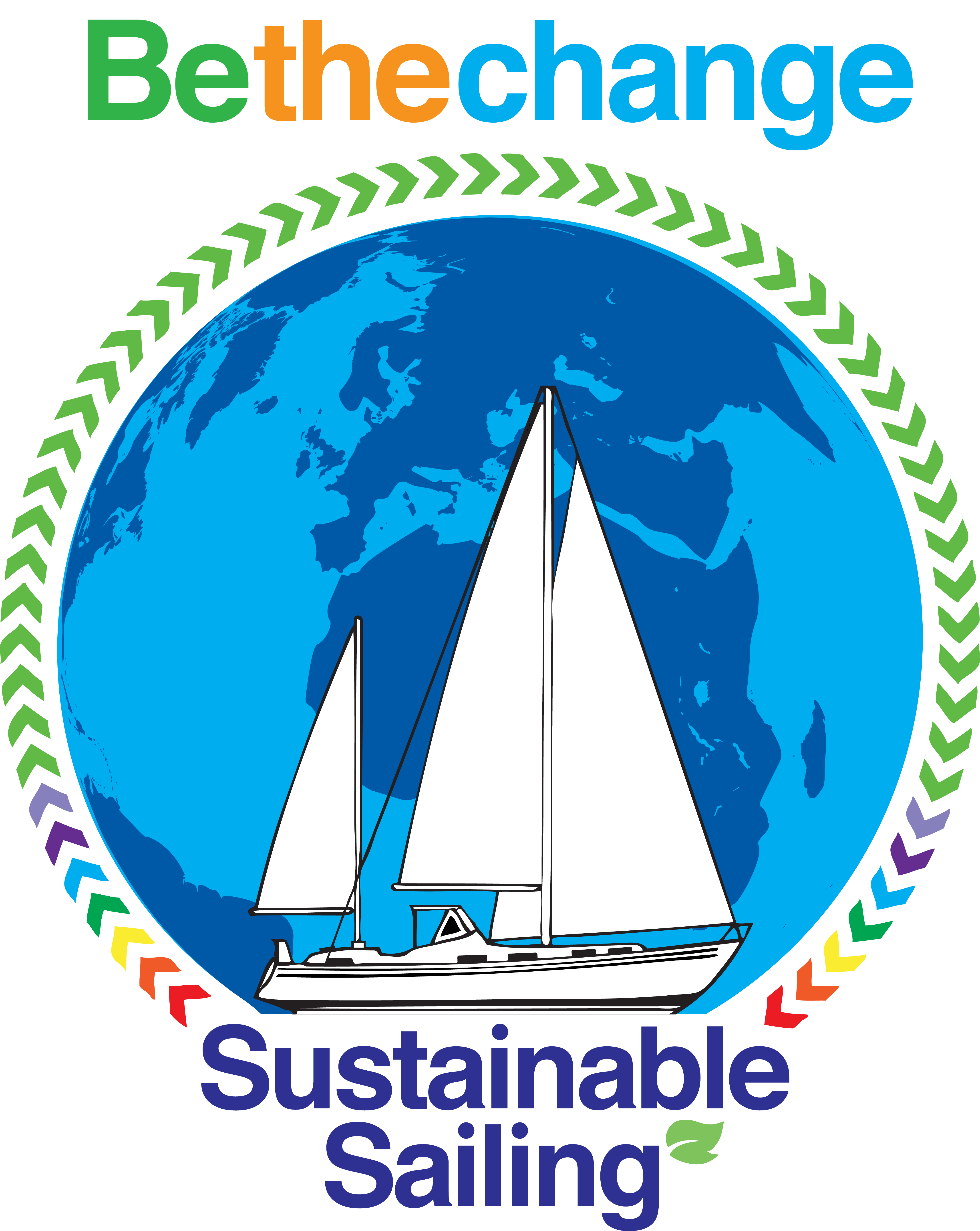Last weekend we have placed the first set of orders for what will become a complete Electric Motor system on Vida.
We are going fully fossil fuel free as we just couldn’t face the thought of spending money on an existing diesel system that is so against our hopes for the future and so destructive to the future.
And we want to clearly stand for an alternative that needs to become the norm. No bost that uses fossil fuels can be considered green.
Immediate gains
This means that we will be removing our existing diesel engine, tanks etc (everything will be properly recycled or sold or given away rather than thrown away). In the short term this is going to be very helpful and will allow us to do some important jobs which are currently inaccessible:
- remove condemned seacock from engine water inlet and fill hole (buried under engine)
- replace cockpit drain hoses and seacocks (difficult to access around gearbox and propeller shaft at back of engine). These will be the only holes under the waterline (yippee)
- cut away engine drip tray to gain access to the very deep part of the bilge (an area that is apparently a weak point that we will be able to strengthen).
- fit new electric automatic bilge pump and new hose for new manual bilge pump (getting rid of the port fuel tank will make that much easier)
- temporarily remove the propeller shaft and replace the cutlass bearing (survey found some movement). Either clean and repack the traditional stuffing box or fit a new dripless seal.
Preparing for the installation
As parts arrive (and some have fairly long lead times) we will be creating a frame for the new electric motor and a reduction drive so that it matches the design speed for the propeller. Working out what parts we need for this has been the hardest part so far (more on what we are actually installing later). So we will be able to get to the point where the motor is fully connected and tested at home before taking it to the boat (as the motor only weighs 38kg this is an easy operation).
When we install it in the boat we will using a flexible coupling to connect it to the existing propeller shaft. That means we won’t need to get perfect alignment and it also means we can use flexible engine mounts to reduce vibration/noise.
The tricky bit: The most difficult step is going to be removing the existing engine! With the gearbox it weighs over 185kg and it will need lifting up through the floor of the cockpit. Normally and currently the wheelhouse roof is above that so a crane can’t just lift it straight out. Also at the moment we are blocked in behind other boats, so until they are launched a crane can’t get to us. Not quite sure how we are going to do this yet. In any event there are a lot of things to be drained and disconnected before we get to the lift the engine out. However, lots of the other jobs depend on getting the engine out so if we are able to do it sooner then that will be great. I’ve some ideas for getting the engine out onto deck but without a crane or one of the yards high lifts I can’t figure how to safely get it over the side of the boat and lowered to the ground.
My cunning plan is that once the engine is out I’ll set it up in our luggage trailer so that we can demonstrate it working when putting it up for sale. So if you know anyone interested in a Yanmar 3jh5e please get in touch.
Also if anyone knows what I should do with the red diesel currently in the tanks. I’ll be filtering it into a Jerry can so it should be safe for any diesel allowed to use red diesel.

Leave a comment